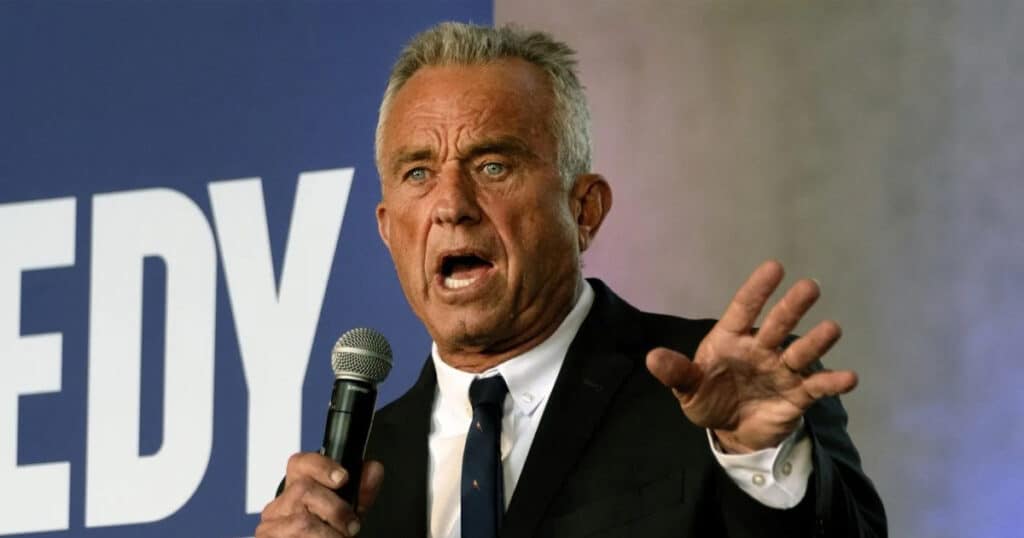
Union Officials: ‘The Main Impediment Keeping People of Color from Construction Sites’
In recent years, a growing number of activists and pundits who are normally allied with Big Labor have been publicly demanding that public policymakers take bold action to stop America’s powerful building-trades union bosses from wielding their special legal privileges to keep good construction job opportunities out of reach for African Americans.
It has now been more than 90 years since William Green, then the president of the American Federation of Labor (a precursor to today’s AFL-CIO), and construction union officials prevailed upon Congress to enact the wage-fixing Davis-Bacon Act in 1931. They wanted Davis-Bacon passed on the grounds that “colored labor” could not be allowed to compete on a level playing field with the white union members in the AFL empire.
During the 1920’s boom, the nationwide share of construction jobs held by African American tradesmen had grown rapidly, and even the onset of the Great Depression in 1929 did not appear to have reversed the trend. By 1930, the year before Big Labor-appeasing GOP President Herbert Hoover signed the Davis-Bacon Act into law, African Americans “composed an overall proportion of the northern urban construction worker force that approximated their proportion of the total northern urban population.”
Two decades later, largely as a consequence of union-boss discrimination abetted by Davis-Bacon and parallel laws enacted at the state level, African American participation in the construction trades had shrunk dramatically. For example, just 3.2% of the carpenters in the U.S. in 1950 were African Americans.
Opportunities for African Americans to get union-controlled jobs in construction did not rise substantially even after Congress adopted a federal statutory ban on job discrimination based on race, color, religion, sex, or national origin in 1964. Illustrative of how little had been achieved five years later is the July 1969 testimony offered to the Massachusetts Advisory Committee to the U.S. Commission on Civil Rights by Boston plumbers union boss John Tobin.
When asked about minority representation in his urban local, Tobin proudly reported that 13, or 1.1%, of his organization’s 1,200 working members were minorities. By comparison with a decade or a decade-and-a-half earlier, he explained, that amounted to a 100% improvement, he boasted.
Is systematic discrimination against African American workers by construction union bosses and their staff still a major problem today? A civil rights filing made just last September against Bloomfield, N.J.-based Local 11 of the AFL-CIO-affiliated Iron Workers (IW) Union suggests it may well be.
In the filing, Acting New Jersey Attorney General Matthew Platkin found “probable cause” that former Local 11 Business Manager Raymond Woodall had violated state law by “giving preferential job-assignment treatment to white members . . . .” Woodall is also accused of “maintaining a union hall climate in which racial slurs were tolerated, and retaliating against” a black union member after she “objected to the use of racial slurs against her” and to other “disparate treatment” of black union members.
The finding of probable cause announced by Platkin, who is now confirmed as New Jersey’s attorney general, stems from a 2019 complaint filed by a black female member of Local 11 alleging that white members of the local were routinely referred for “longer-term work assignments” providing “steadier wages,” while she and other black union members often received “shorter-term job referrals that last only a day or two.”
The complainant also alleged, while offering recorded evidence as an example, that Woodall used racial slurs – including the “n” word and the word “shine” – to refer to black union members. She also alleged that the “quality and duration of her work assignments diminished after she confronted Woodall about using racial slurs.”
Construction union bosses like to dismiss vocal critics of entrenched racial disparities within their organizations as partisans who are, in the words of Boston electricians union bigwig Renee Dozier, “directly employed, funded, or formally aligned with nonunion . . . interest groups.”
But this hardly seems to fit the bill for Platkin, an appointee of New Jersey Gov. Phil Murphy, who is a staunch ally of the union hierarchy, or for Kesha Michelle Green, who made the original complaint against IW union Local 11. The fact is, Green joined this union as an apprentice more than a quarter-century ago, and became a journeyman with “full Union rights and protections” in 2002!
And the “anti-union” label makes even less sense when it comes to Travis Watson, the author of a scathing 2021 analysis for the Stanford Social Innovation Review entitled “Union Construction’s Racial Equity and Inclusion Charade.”
Watson’s credentials as an ideological supporter of monopolistic unionism are impeccable. That’s undoubtedly one reason why, in 2018, he was appointed by Mayor Martin Walsh, a former union official and future labor secretary in the relentlessly pro-unionism Biden Administration, to lead the Boston Employment Commission. And he continues to laud union construction jobs as “great jobs.”
But construction union bosses all the same “infuriate” Watson because he regards them, according to a profile of him by New York Times reporter Eduardo Porter included in an article on efforts to expand opportunities for minority employees in the construction trades, as “the main impediment keeping people of color from building sites.”
In Watson’s experience, Big Labor work rules that require, with federal labor law’s stamp of approval, unionized construction employers to “hire only workers referred by union hiring hall dispatchers” are a key reason why the best-paying construction jobs in many major cities like Boston continue to be held overwhelmingly by white workers in 21st Century America. Even when contractors make a special effort to ensure individual employees and subcontractors of all races and ethnicities have an equal opportunity to work on their projects, union dispatchers “can thwart this effort.”
That’s undoubtedly a key reason why African American contractors like JocCole Burton, the founder and chief executive of Boston-based Maven Construction, are reluctant to sign a union contract, despite the preferred access to lucrative government projects she knows she would gain by doing so. She explains: “The unions are in the business of making sure that the union halls get all the work, but they don’t have enough [b]lack and brown bodies in their halls.” David Lopes, an African American executive for Janey Construction, another Boston-based company, concurs: “The union will want you to use only their workforce, not your own.”
Burton’s and Lopes’s experiences appears to be typical. In 2021, Watson reported that roughly 95% of black-owned construction companies in Boston were “not signed with a union.” While about a quarter of the city’s residents are African Americans, only 0.4% of available “city-sponsored contracts” were awarded to black-owned businesses. “[N]on-union construction, both historically and present-day, provides more opportunity for [b]lack workers and [b]lack businesses,” concluded Watson.
The share of America’s construction workers who belong to unions has been falling, with relatively few interruptions, for decades, and is now only a little more than half of what it was in the mid-1980’s. But Big Labor-controlled firms, thanks largely to the federal Davis-Bacon law, “little” Davis-Bacon laws in the states, and other pro-union monopoly policies, are still the dominant players in the competition for large, long-term and costly government contracts.
Jobs on such contracts are among the best-paying of those available to blue-collar employees anywhere in the U.S. Consequently, the “pattern of exclusion” of African American employees from unionized construction jobs that goes back many decades and continues even now has contributed significantly to the “massive racial wealth gap that divides the nation today.”
Ironically, Big Labor President Joe Biden and the Administration he heads claim that one of their top policy objectives is “shrink[ing] the racial wealth gap . . . between [b]lack and[w]hite Americans.” The reality is that the president and his party’s leaders in Congress have strove relentlessly, since he took office in January 2021, to reward their union-boss allies in the building trades at the expense of union-free competitors that include the overwhelming majority of African American-owned construction firms across the nation.
In February 2022, for example, Biden issued an executive order mandating that “construction projects costing more than $35 million and using federal [taxpayer] money . . . [submit] to project labor agreements [or PLAs] — that is, [monopolistic] collective bargaining agreements that set the terms of labor relationships before a project begins.” Essentially, a PLA “guarantees the project will use union labor,” as a 2011 report by the nonpartisan Congressional Research Service acknowledged.
One of the key predictable effects of the President’s infrastructure policies will be to tilt the competitive playing field for America’s most desirable construction jobs even more steeply against African American construction workers and their employers. If that isn’t what Biden and his team really want, then a complete overhaul of how his administration is allocating its hundreds of billions of dollars in new infrastructure spending is clearly and undeniably in order.
Greer is senior research associate for the National Institute for Labor Relations Research.
This article was originally published by RealClearPolicy and made available via RealClearWire.



